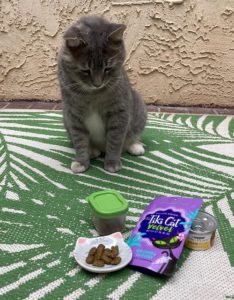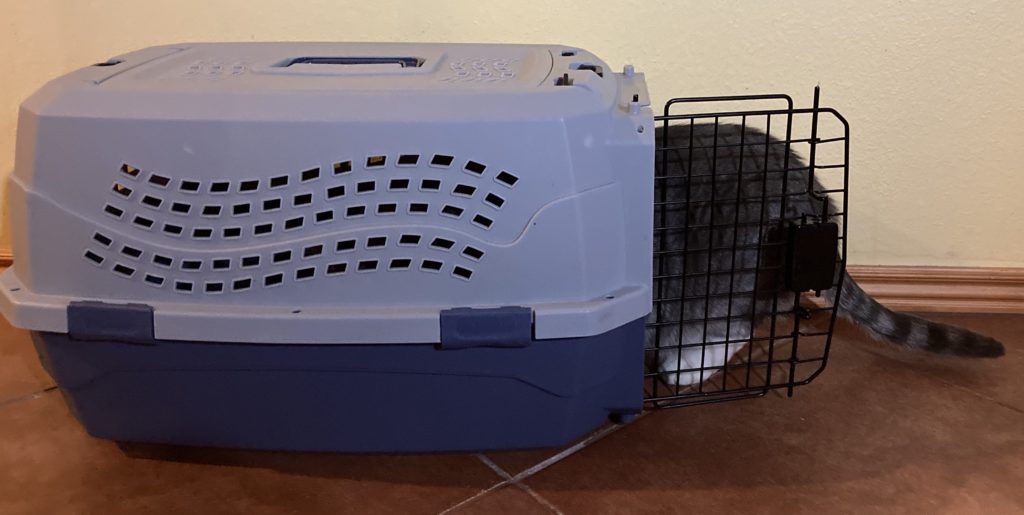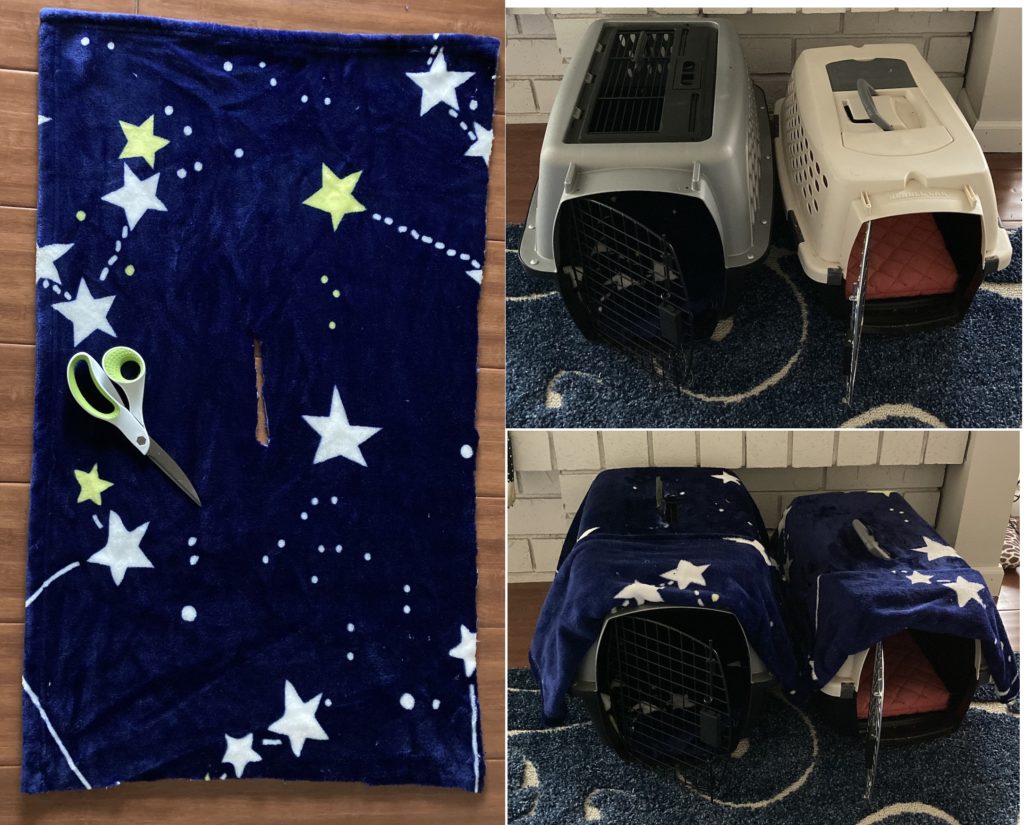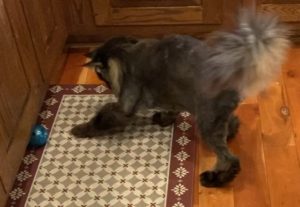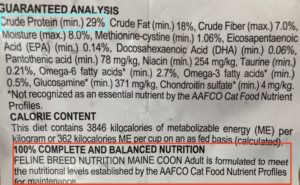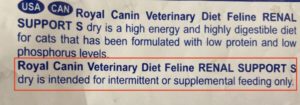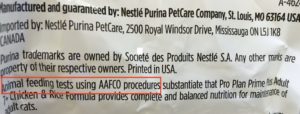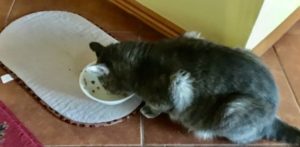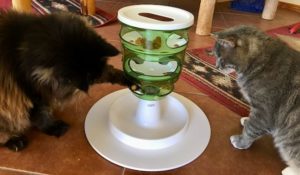It’s 1:50 am – you know by the red numbers on your alarm clock. That darn cat meows at night and has woken you up once again.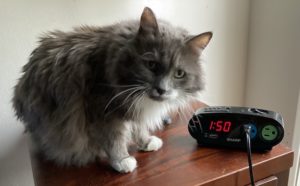
What is happening?
If this is a new pattern, it is time for a vet visit to make sure that there is not a medical cause underlying the nocturnal activity. High blood pressure and hyperthyroidism are two conditions that can contribute to meowing at night. Treating these conditions may solve the tendency toward night-time activity and meowing.
If your cat has had a physical exam recently and has no untreated health issues, there may different things underlying the “feline nocturnes”. In the wild, cats hunt at dusk, nighttime and dawn when their prey, small rodents, are foraging.
Our indoor cats usually adapt well to being active during daylight hours and snoozing at night.
If this is not the case, what can you do to reset your cat’s internal clock?
Perhaps your cat meows at night because he is bored and awake. He may be seeking your attention.
- Make sure your cat is active during the day. Give him some play sessions during the day; engage him in foraging behavior with food puzzles.
- Establish a night time routine. Cats thrive on routine – it lets them know what is going to happen. Pets can be as good as a clock when reminding you for dinner. Let’s come up with a sequence of activities that signal that the household is slowing down and ready for sleep.
Bedtime Routines when your cat meows at night
Play/Treat time: My cats look forward to treats before bed every evening. After dinner and TV, the litter boxes are scooped and then – IT’S TIME.
All 4 cats proceed to the hallway where they take up their stations and wait to have treats tossed to them. After that, it is time to settle down and they each go to their sleeping place and tuck in.
Your cat might enjoy a play session before treats. This session does not have to be long – 10-15 minutes should do the trick. After that – IT’S TIME FOR BED!
Foraging toys: Try leaving some foraging toys (food puzzles) out and turn in. Again, this is a bedtime routine – you put the toys out and you turn in.
You can try closing the bedroom door. Of course, for many cats, if you close a door, this is the place they have to get into and will shake and rattle the door for access.
My Cat meows at night – Does he need a room of his own?
You have tried more play during the day and you are putting out food toys at night – still your cat meows at night.
This may be time for some “tough love” – after all, you need your sleep. If you have the space, give your cat a “bedroom” at night. This could be a spare bedroom or walk-in closet, someplace where you can close the door. Put all his resources (litter box, toys, water) in this room. Put a “calming” pheromone diffuser in this room.
When you are ready for bed…
- Take kitty to his bedroom
- Give him a snack.
- Close the door – do not respond to crying at night once the cat is in the room.
- He will be safe in there until you get him out in the morning.
While this may seem “cruel”, remember that cats are “socially flexible”. They are able to live socially with humans and other animals but do very well on their own. They don’t get “lonely” the same way we do.
to have a quiet night…
Be sure to give your cat regular, daily playtime and activities. This may be a good time to review how you are feeding your cat – leaving out a food bowl filled all the time is like having a bowl of potato chips out all the time. Feeding can be self-soothing behavior for a bored cat.
3-4 smaller meals gives kitty something to look forward to – you can put one of these meals in his room for the night.
The Takeaway: if your cat meows at night, try giving him something to keep him busy – some extra play during the day and a bedtime routine just might silence the “kitty nocturnes”.
Want to keep up with the world of cats? Click the button below and subscribe to The Feline Purrspective.

